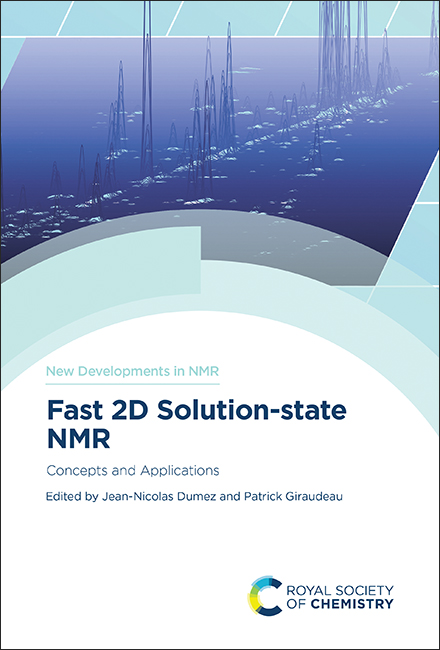Chapter 5: The Non-uniform Sampling of 2D NMR Data
Alexandra Shchukina ;Paweł Kasprzak ;Mateusz Urbańczyk ;Krzysztof Kazimierczuk
Nuclear Hyperpolarization of Molecular Systems and Nanomaterials. Group leader: Dr. Tomasz Ratajczyk

Chapter 5: The Non-uniform Sampling of 2D NMR Data
Alexandra Shchukina ;Paweł Kasprzak ;Mateusz Urbańczyk ;Krzysztof Kazimierczuk